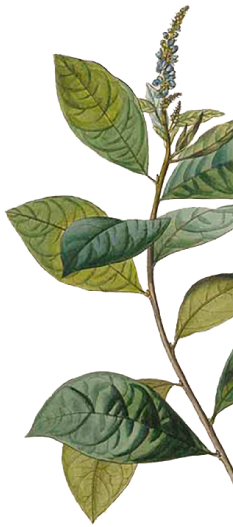
Katya Romoleroux, Ph.D.
Institution and Research Interests
Professor of Faculty of “Ciencias Exactas y Naturales de la Pontificia Universidad Católica del Ecuador”, Ecuador.
Her research interests focus on diversity of high Andean plants. She has made original contributions to the study of high Andean flora of Ecuador, especially on the systematics of the family Rosaceae. She has published 45 papers in international journals as the first or corresponding author, co-first and co- author. She was the first Ecuadorian to publish the treatment of a plant family in the International Journal: «Flora of Ecuador». She has trained and mentored students who have continued her line of research. She has been successively funded by the Alexander von Humboldt Foundation in Germany, and the National Geographic. In August 2020, Dr. Romoleroux was awarded by the National Award: “Eugenio Espejo in Sciences”.
Email: kromoleroux@puce.edu.ec

Abstract
Endemic flora of the Ecuadorian Páramos
Katya Romoleroux
Principal Professor, Laboratorio de Botánica Sistemática, Of. 202 Escuela de Ciencias Biológicas, Pontificia Universidad Católica del Ecuador, Quito, Ecuador
katyaromoleroux@yahoo.com
Chinese/Neotropical Botanical Diversity, An International Virtual Symposium
China/Ecuador
Wednesday August 17th, 2022
09:30-10:15 (Quito, Ecuador)
22:30-23:15 (Guangzhou, China)
Páramo ecosystems harbor a high number of endemic species that are the result of extraordinary events of radiation, diversification and geographic isolation.
In the Ecuadorian páramos there are about 660 endemic species of vascular plants; approximately 15% of all the endemic flora of the country; in an extension of 5% of the national territory. Most of the endemic species are found between 3,000 and 4,000 m.
The families with the highest number of endemic species are: Asteraceae, Orchidaceae, Gentianaceae and Poaceae. Seventy-five percent of the endemic species are threatened, and only 48% are found within protected areas.
Research on páramo plants will help us understand past and future evolutionary processes and provide the information needed to conserve this and other ecosystems in the face of continuing anthropogenic pressures.
High-elevation endemics may be adversely affected by climate change. Even so, if elevation drives speciation, future speciation can be maximized by conserving mountainous areas, especially at lower latitudes.
As a case study, the genus Lachemilla (Focke) Rydb. is a morphologically diverse group that includes perennial herbs, subshrubs, and dwarf shrubs. Lachemilla is distributed in the neotropical mountains from Mexico to Argentina and Chile, between 2,200 m and 5,000 m, and it is especially common and diverse in the high elevation ecosystems of the Northern Andes where this group has undergone a rapid ecological radiation associated with the most recent Andean orogeny. Lachemilla with about 65 species, is among the 10 most diverse genera in the high páramos. Ecuador with 26 native species, harbors more than one-third of the total number of species. Recent molecular studies on Lachemilla reveal that a number of species are of hybrid origin, evidencing a reticulate evolution of the genus. In addition, the origin of Lachemilla in South America was estimated =14.5 MA.
© Chinese – Neotropical Botanical Diversity 2022. All Rights Reserved.

